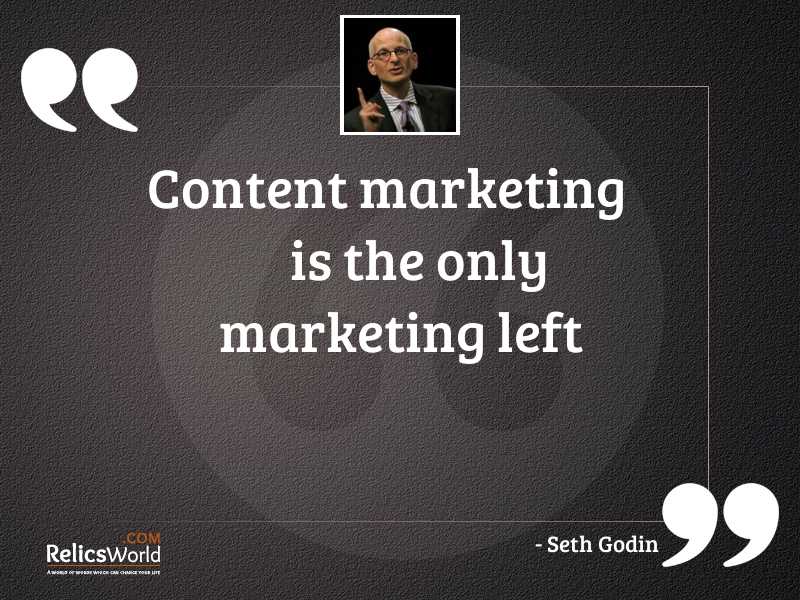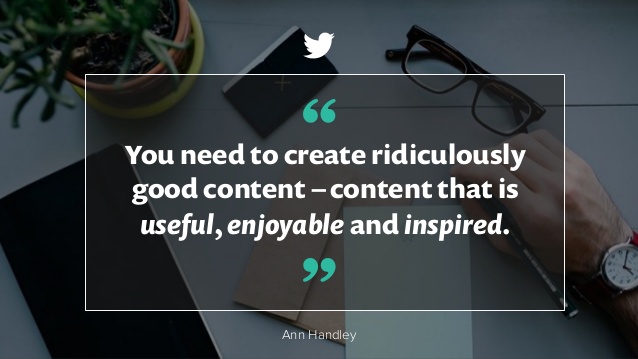The overheated marketing buzzword of the past few years is “storytelling.”
The way some experts describe it, the only thing standing in the way of your business and a goldrush of customers is the ability to tell your story. All you have to do is hone your company’s narrative, and poof! Your deal pipeline will burst with leads.
There’s an understandable appeal to this notion. From the time of cavemen, we’ve used stories to make sense of our world. Human civilization is rooted in stories, and the emotional comfort of storytelling is hardwired into our DNA.
Storytelling evokes:
- Bedtime nursery tales, cuddled up in blankets and our parents’ arms
- The warmth of friendships and s’mores around the campfire
- A generosity of spirit that’s entertaining to both deliver and receive
- An exchange that brings people closer, connecting us by sharing insights about others and ourselves
Storytelling doesn’t bring to mind:
- Blatant, nonstop promotion of your company
Yet that’s exactly how many businesses have refashioned “storytelling:” an excuse to blather on about themselves and why they’re so great.
Too often now, the concept of storytelling is hijacked and disguised as a corporate trick. Shorn of its rich possibilities to deepen relationships, storytelling is trotted out as a stripped-down scarecrow with a singular purpose: financial transactions. Business and marketing folks sign up for consulting and courses to learn how to “tell their story,” then turn around and try to “storytell” customers into buying their own products and services.
If you’re wondering why “storytelling” hasn’t been working for your company, perhaps it’s because you’re missing the point.
Storytelling isn’t advertising
Back in the swashbuckling “Mad Men” glory days, marketing really boiled down to one thing: advertising. Whether it was billboards, TV or radio commercials, brochures or flyers, marketing was all about promotion. Explain who you are and why people should buy your products. Simple and direct, like the toasted goodness of your Lucky Strike.

Traditional outbound marketing still has its vital place, of course. But the digital world has shattered old marketing norms and forever altered the way that companies can connect with customers.
People are drowning in oceans of information, and the deluge is only increasing. Our attention spans are reed thin, and we’re experts at blocking or ignoring anything we consider noise. We have all become far more selective about the data and distractions we consume throughout the day.
The old model of “interruption marketing” costs more and delivers less than ever before. So why is so much of the corporate storytelling bandwagon just a rehash of interruption marketing?
Storytelling should attract, not interrupt
Today, the most effective approach to marketing focuses not on interruption, but attraction. Instead of trying to force people to focus on your product, inbound marketing earns attention organically, drawing people in by offering information of genuine value.
Content marketing is the most dominant part of inbound marketing. Here’s how Hubspot, the marketing automation leader which coined the term inbound marketing, defines content marketing:
“Content marketing is a strategic marketing and business process focused on creating and distributing valuable, relevant, and consistent content to attract and retain a clearly defined audience, and ultimately, to drive profitable customer action.”
Content marketing includes topical blogs, articles, eBooks, case studies, videos, and infographics, as just a few examples.
Great content shouldn’t just sit on your blog, though. Valuable content that pulls people in should also be pushed out through email marketing and social media channels. Your compelling content can also be syndicated through authorities in your industry – for example, posted as guest articles on respected websites.

Magnetic content should also be strategically placed throughout your website as calls to action that drive people to click or download, engaging people further with your brand through content that focuses on their interests.
No matter what product or service your company offers, every business should strive to build enduring relationships with their audience through irresistible content, delivered to the right customers at the right time.
Done right, corporate storytelling is a powerful form of content marketing.
Storytelling creates context for your content, providing an inviting narrative framework to talk to your audience as people, not just customers. Matter of fact, storytelling is essential to content marketing success. The best corporate storytelling fuels content marketing with relatable situations, actual people at the center of the action, and a beginning, middle, and end.
People may ignore you when they feel you’re selling them, but their ears perk up when you’re helping them navigate their world. Connecting with people by adding value to their lives can build loyalty, trust, and an unbeatable brand.
That’s what corporate storytelling should accomplish.
Take John Deere, as one example. His name may be synonymous with farming equipment, but many marketing folks also call him the father of content marketing.

Back in the 19th century, Deere’s farming equipment company was humming along nicely. But in 1895, at his own expense, he went to the trouble of launching a free magazine that provided “practical information devoted to the interests of better farming.”
The Furrow was distributed as a complimentary resource and contained zero promotional information about Deere and Company. Only a small inscription on the cover even made it clear that the magazine came from a John Deere dealer. The Furrow focused on one thing only: helping farmers grow their farms and businesses. It was not about explicitly steering business to Deere and Company.
The result was electric, with a readership in 1912 of 4 million people who found The Furrow to be an essential guide for their agricultural lives. The magazine continues to this day, produced in print and digital in 14 different languages and distributed to 40 countries. Two million readers still find the content as essential now as it was 125 years ago.
John Deere didn’t care about “corporate storytelling.” He was just shrewdly building a grassroots community – and a desire for his products – by offering a generous service. Of course, that generosity eventually redounded right back to Deere & Company.
P.S. – In 2019, Deere & Company was listed as 87th in the Fortune 500’s America’s ranking, and ranked 329th in the global ranking. The customer-first marketing approach seemed to work out just fine for Deere.
Forget “me, me, me;” try “you you you”
Storytelling isn’t a bad word, just an overused and abused one.
You do need to be able to tell your story by articulating who you are. Nothing wrong with that. Just make sure your marketing focus isn’t about looking in the mirror, but rather helping your customers before they’re even customers. That’s what will redefine your approach from interrupting to attraction.

Maybe the very word “storytelling” is misleading. It’s too easy to misinterpret that as conveying your story. Substitute words like “education” or “entertainment” over “storytelling” and you’ll remember that attracting people starts with considering their needs, not yours.
Whatever you call it, great storytelling is an irresistible lure that drives successful marketing.
No, you don’t have to go to the lengths of launching a free magazine. Just start with the marketing basics to offer your expertise as a courtesy to the people you’d like to serve.
Craig Davis, former Chief Creative Officer of J. Walter Thompson, defined this pivot best:
“We need to stop interrupting what people are interested in and start being what people are interested in.”
Storytelling is perfectly suited to be what people are interested in.
If companies approach storytelling as a gift instead of a hustle, they can build a captivated audience that will want to become customers and, just as importantly, remain connected over time.
